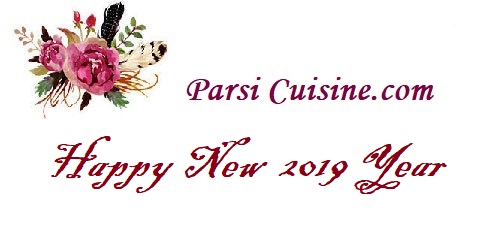Books available on Amazon
Manna of the 21st Century: Parsi Cuisine
Paperback
https://www.amazon.com/dp/1090868391
Hardcover
https://www.amazon.com/dp/B0962FML7W
Indian Parsi Kitchen
https://www.amazon.com/dp/1535410132
Celebrations: Celebrating Zoroastrian Festivals and Traditions
https://www.amazon.com/dp/152381845X
Dhansak: Parsi Cuisine
https://amzn.to/4d92fuv



Peri’s Spice Ladle
Apr 4, 2014, 12:56 amWonderfully informative article, Rita. What a lot of great information on our food and the customs related to each dish! And thank you for linking to the patia recipe on my site. Really appreciate your support.
Rita
Apr 4, 2014, 7:33 pmYou are welcome! Lets do it more often.
Rita
Jun 6, 2014, 11:16 pmHope the article helps explain our customes to all who visit this blog. Your patia recipe rocks thats why I linked it.
RUSTOM GHADIALI.
Jun 6, 2014, 1:30 amThank you for sharing this info . Please continue with such articles regularly.
Regards
RG
Rita
Jun 6, 2014, 10:53 amRustom, thanks for dropping a line. We need to continue educating the next generation with our heritage.
ARNAVAZ
Apr 4, 2017, 4:52 amThanks for sharing this information…worth reading.
Rita
Oct 10, 2018, 10:05 amThank you so much ❤ Peri
Rita
Oct 10, 2018, 10:07 amThank you so much ❤
Rita
Oct 10, 2018, 10:13 amThank you so much ❤